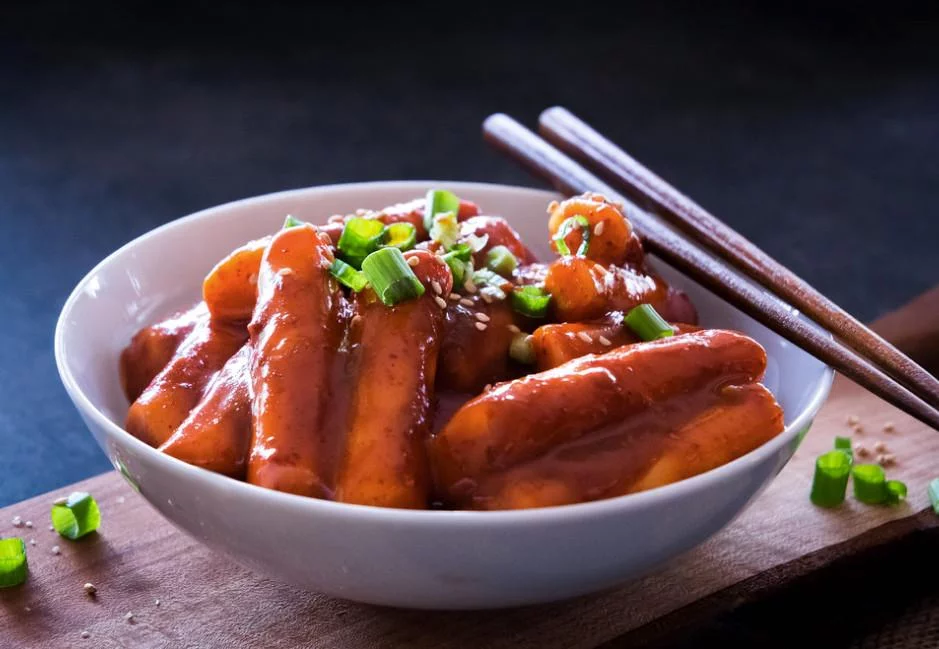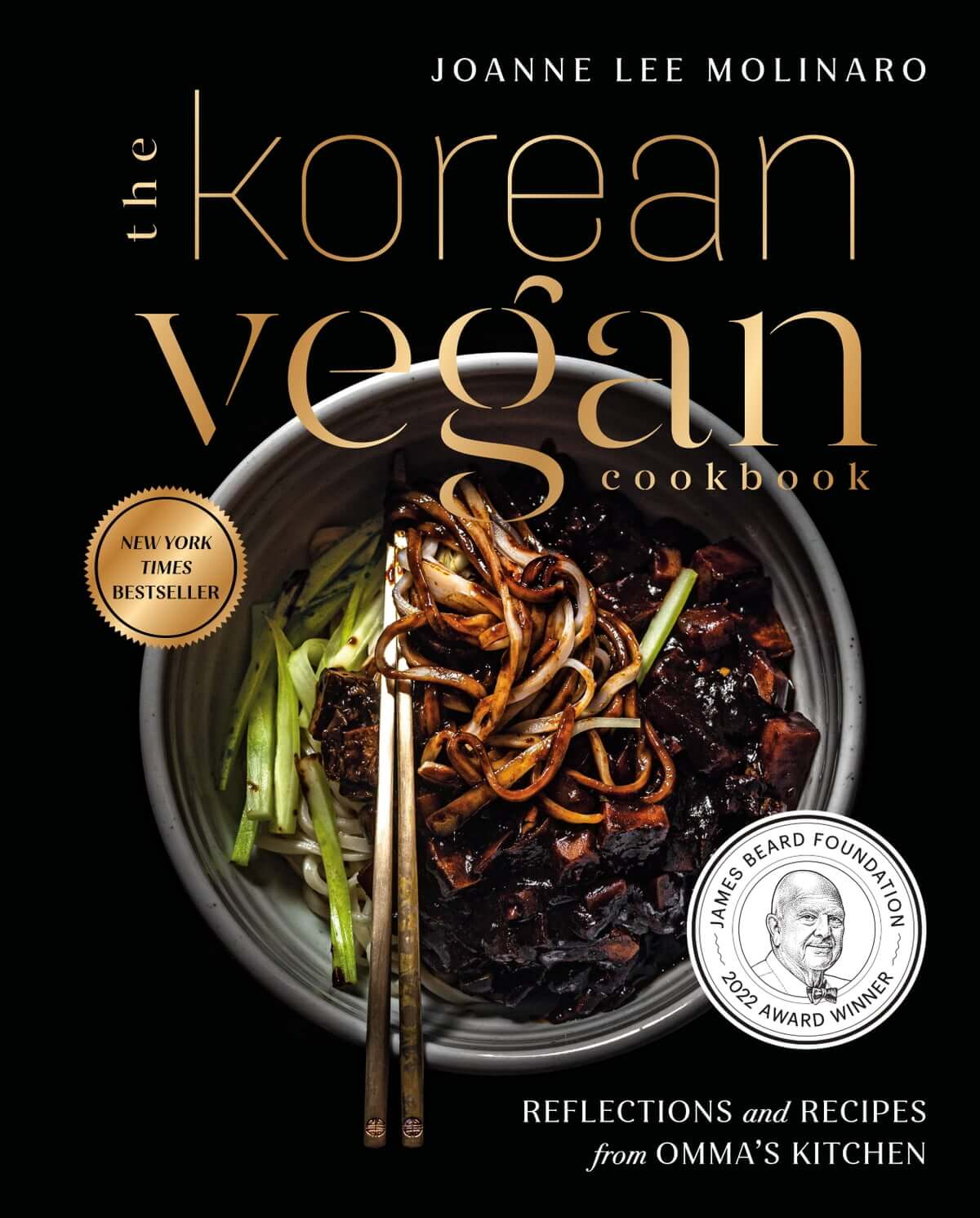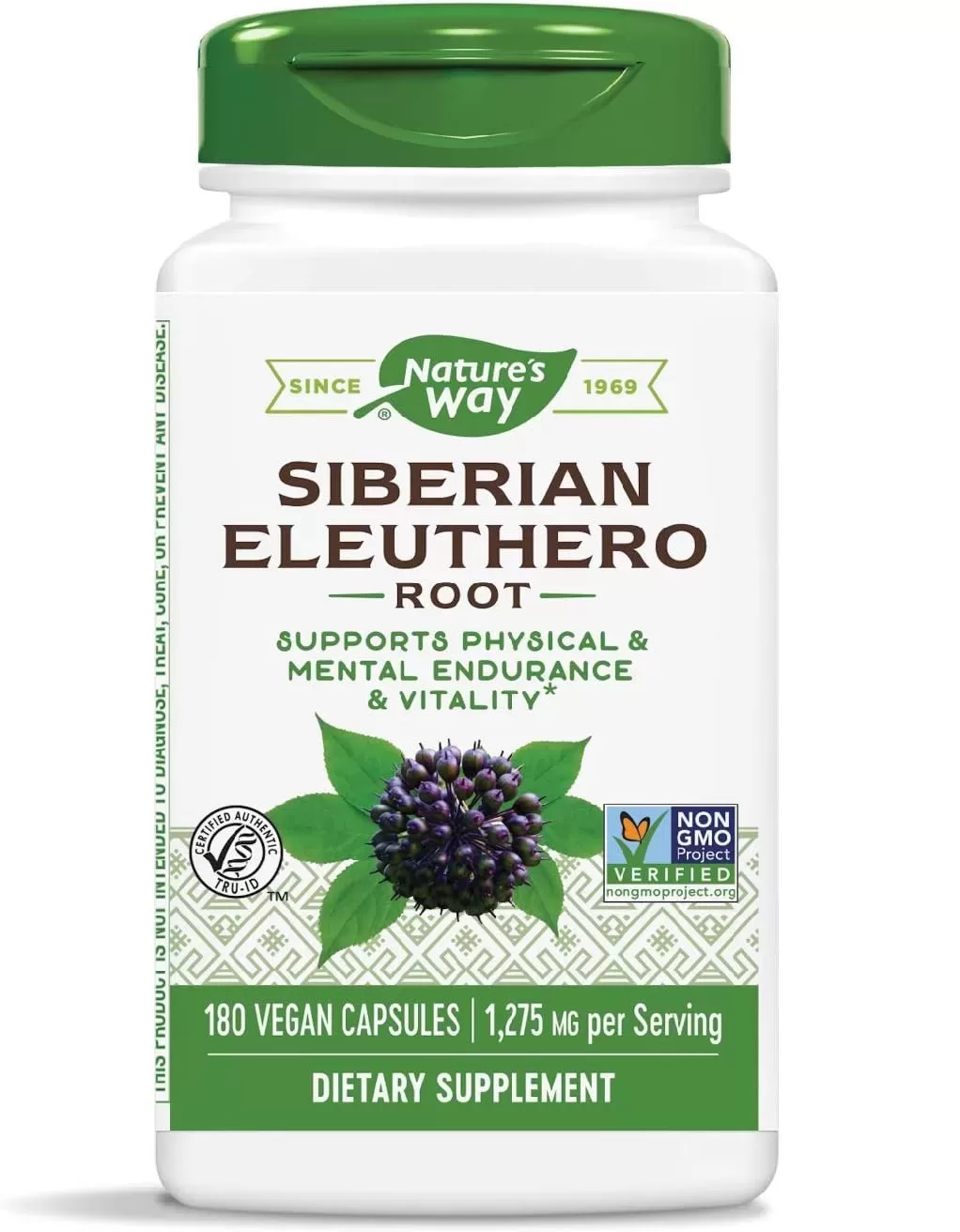If you are a vegan and love Korean food, Vegan Tteokbokki is a fantastic dish and a staple for Koreans. It’s also popularly called simmered rice cake, and there are different variations of the dish. The dish derives its name from small garage-tteok, which means cylindrical-shaped rice cakes.
Usually, it’s cooked and seasoned with chili paste, soy sauce, fish cakes, scallions, or boiled eggs. But there are different ingredients you can try to make this delicious bowl of rice cakes to enjoy. So if you want to try them out, they are perfect! Here are the recipes.
Vegan Tteokbokki Recipe Instructions
Now it’s time for the recipe! First things first, here’s what you will need to get started.
Ingredients
- Fresh Korean rice cakes (1/2 packet)
- Sesame oil (1ts+1tbsp)
- Thinly sliced onion (half)
- Minced cloves garlic (four)
- Chopped carrots (one)
- Chopped broccoli (about 4-5 florets)
- Korean squash or zucchini (1/2)
- Chopped green onions (about 2-3)
- Dry shiitake mushrooms
- Mushroom dashi (1 cup)
- Pepper
- Salt
- Korean chili flakes (1 ½ tbsp)
- Gochujang (2 tbsp)
- Soy sauce (1 tbsp + 1tsp)
- Maple syrup (2 ½ tbsp)
- Oil (1 tbsp)
- Toasted sesame seeds (1 tsp)
- Cooked ramen (optional)
Preparation
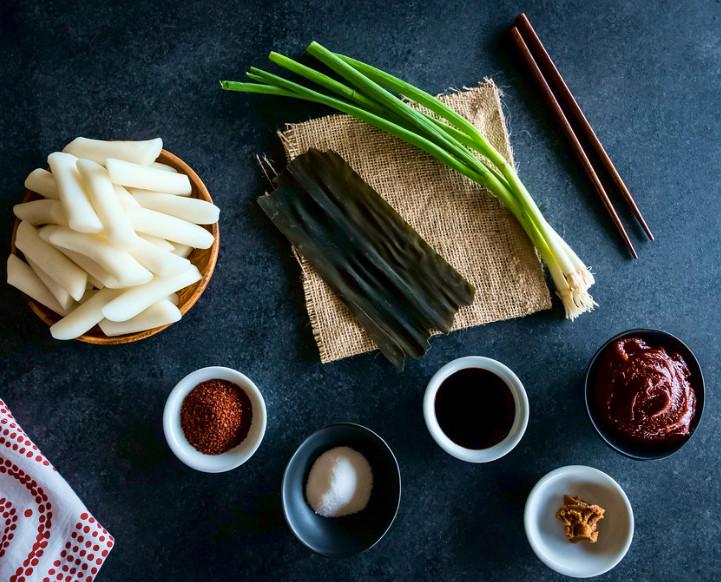
Once you have all the ingredients ready, follow these simple steps.
- Add the salt, pepper, and sesame oil to the rice cakes and mix them
- Put them aside and prepare the vegetables
- Add the Korean chili flakes, soy sauce, gochujang, and maple syrup and make a sauce.
- Use a large pan, put the oil, and place it over the stove on medium heat
- After heating the pan, add the marinated onions, mushrooms, and garlic until they are soft
- Put the broccoli, zucchini, and carrots and cook them till its soft
- Add the sauce and rice cakes
- Stir well and mix them up on the pan
- Add the mushroom broth and boil it
- Allow the sauce to shimmer by reducing the heat
- Use a wooden spoon to stir when the sauce becomes thick
- You can add the cooked ramen if you want
- Remove the pan, sprinkle some sesame seeds, and you can add some sesame oil.
- You can put it on a plate, and it’s ready to serve!
Pin This Recipe if you liked it!
[pinterest-image message=”Vegan Tteokbokki Recipe ” image=”https://veganiac.com/wp-content/uploads/2022/01/Vegan-Tteokbokki-Recipe-PIN-1.jpg”]
Some nutrition facts of vegan Tteokbokki
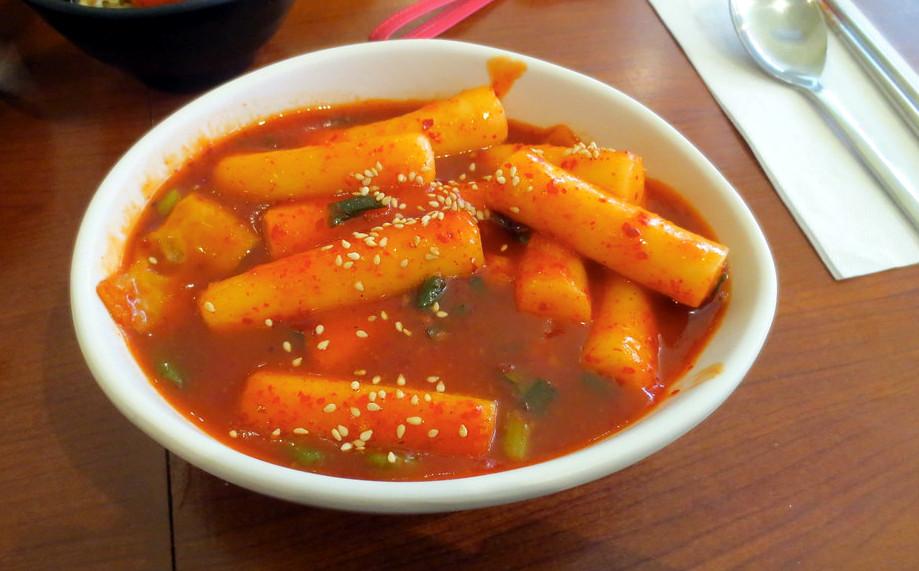
Korean food is typically considered healthy for many reasons. They cook with a variety of vegetables and use less cooking oil. Plus, the calorie content is lower than the traditional meals you consume in America. Tteokbokki also is no exception, and one serving of Korean rice cake typically contains about;
- 235 calories
- 1g of fat
- 52g of carbs
- 5g of protein.
Tteokbokki is an excellent source of carbs. So it gives you the required energy to work during the day, and it’s perfect for lunch meals. Plus, you get a good amount of protein from one serving, and due to the vegetables, your fiber needs are also met. It also has excellent iron and sodium content.
So it’s packed with essential nutrients and helps you keep healthy. However, it’s not wise to eat Tteokbokki frequently because it can cause health problems. It has high fat and carbs, so if you want to stay lean and fit, it’s something you would want to avoid. But if you can control the intake of Tteokbokki in your diet, you don’t have to worry about it.
What are the different variations of vegan Tteokbokki?
Apart from the traditional Tteokbokki, there are different variations of the dish, and here are some of the most popular ones.
- Cream sauce Tteokbokki
- Seafood Tteokbokki
- Curry Tteokbokki
- Rose Tteokbokki
- Jajang Tteokbokki
- Galbi Tteokbokki
Some facts about Tteokbokki
Tteokbokki is one of the most common Korean cuisines today, and you can find it on almost all the street food joints in Korea. But did you know that the original version of the dish wasn’t spicy? The Tteokbokki you eat today is more of a variation from the original.
Tteokbokki has a long history in Korea and dates back to the royal palace. The spicy version of the dish came about during the Korean War. During the war, the country received a surplus in the supply of flour from the United States military to help them. That triggered changes in their cuisines and the new variations of Tteokbokki took shape.
Where was the first version of Tteokbokki in Korea?
The first known recipe of this famous dish traces back to the royal palace cuisines. It was called ‘Gungjung Tteokbokki,’ which means ‘palace Tteokbokki.’ The cuisine is recorded in one of the recipe books from the Chosun dynasty around the 19th century. An unknown author included the recipe in one book called ‘Si Eui Jeon Seo’ and other recipes, and it was the original version of the dish.
When did the modern variation of Tteokbokki become popular?
The Tteokbokki that you get today wasn’t available until the 1950s. Rice consumption is massive in Korea, and rice cakes are a big part of the diet. The type of rice used in Tteokbokki was called ‘Garae-tteok’ back then, and it was generally deep-fried and consumed as one of the New Year’s dishes. But today, it’s not deep-fried, and Tteokbokki cuisine uses rice cakes that are chewy yet soft.
Some tips for consuming Tteokbokki
Before you try the cuisine, here are some tips for consuming Tteokbokki.
- Try to check the nutritional information on the rice cakes and avoid things like artificial flavors and other preservatives that are harmful.
- Consume Tteokbokki moderately
- You can add sliced tomatoes and cucumbers
Conclusion
As mentioned earlier, the modern version of this famous Korean cuisine has many variations. But the most common Tteokbokki that people love to consume is still one of the best variations. Although it’s referred to as ‘spicy Tteokbokki’ today, history tells a different story about the dish. Nonetheless, it’s a fantastic recipe for all food lovers, and the nutritional values are excellent for health. So try out the dish! Get the required ingredients mentioned above and make your first Tteokbokki. It takes about thirty minutes to prepare, which is fantastic!
You might also like this recipe: Vegan Neapolitan Cake Recipe

